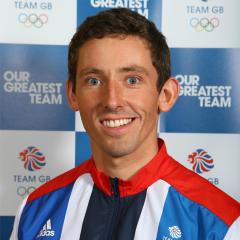The ‘gates’ are placed specifically in locations so the competitor passes them downstream, (green gates), or upstream - against the current - (red gates, of which there must be at least six in the course).
A competitor receives a two-point penalty for touching a gate during the race and a fifty-point penalty for missing a gate.
Penalty points are added to the final time. (For example: a competitor finishes in a time of 2:20:82. Each second counts for one point, making 2:20:82 minutes a total of 140.82 points. However, during the race the competitor touched a gate once and missed another one. Two further points are added for touching one gate and an additional fifty points for failing to go through a gate, bringing the total up to 192.82 points).
The winner is the competitor with the least amount of points.
In the slalom race there are heats (two runs), semi-finals (one run) and finals (one run).
Every competitor / crew races on his / her own boat down the course, the opponent being the clock and the gates to be passed.
Depending on the number of participating athletes, competitors usually start at one-minute intervals in the heats and up to two-and-a-half minute intervals in the finals.
There are four disciplines in the Olympic programme: three men’s (K1, C1, C2) and one women’s (Κ1).
Weighing the boat and measuring its dimensions before the contest starts and after each race is an important competition procedure. Additionally, the specifications of the helmet and the buoyancy of the competitor’s lifejacket (weighing 6 kg) are checked












